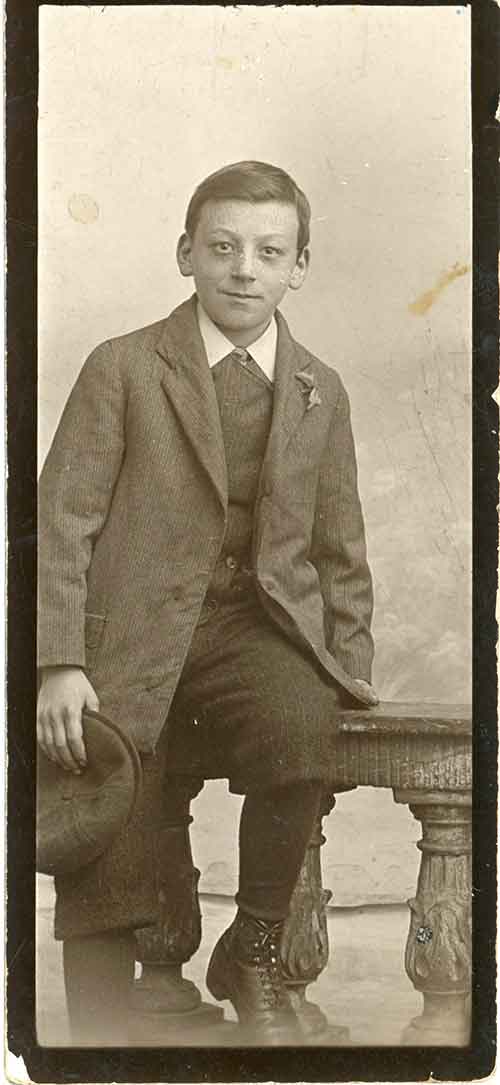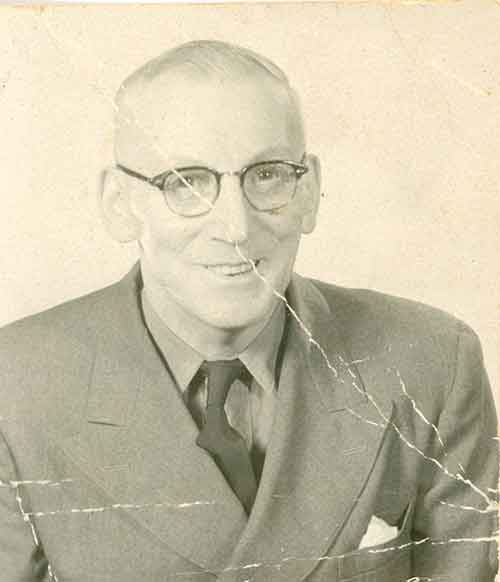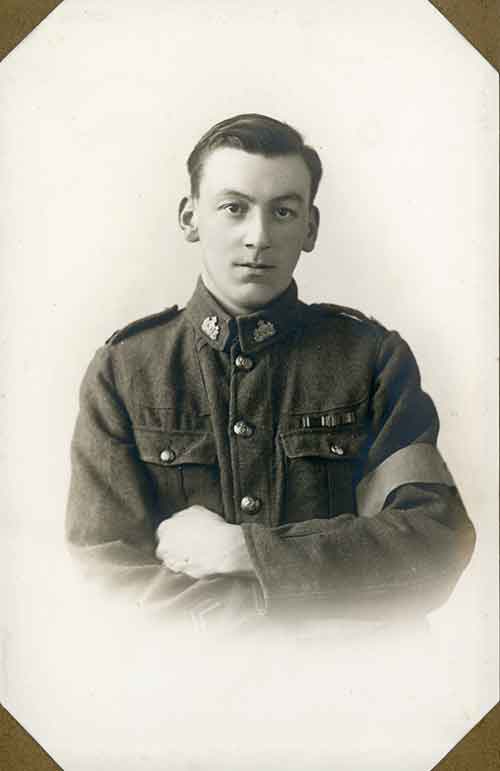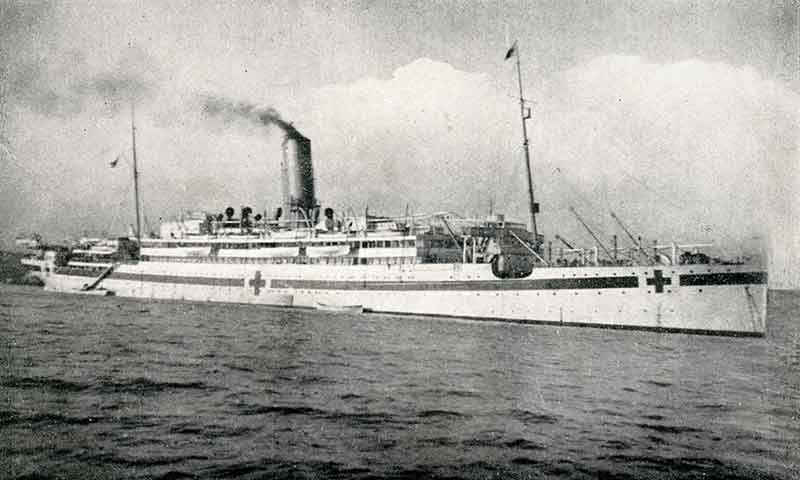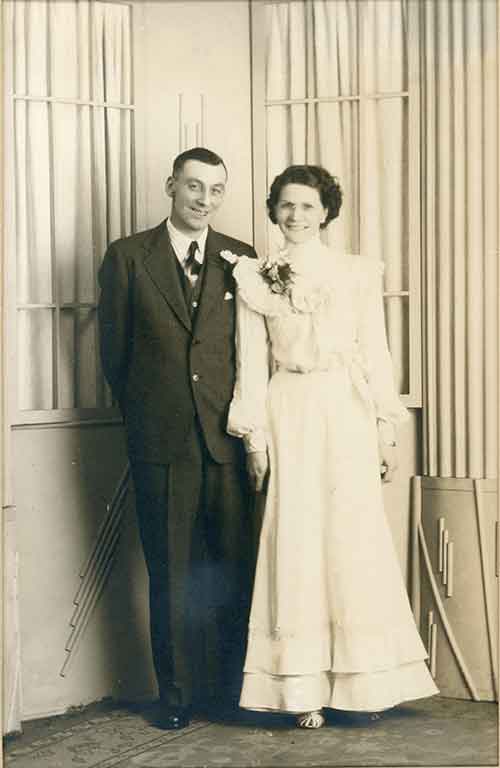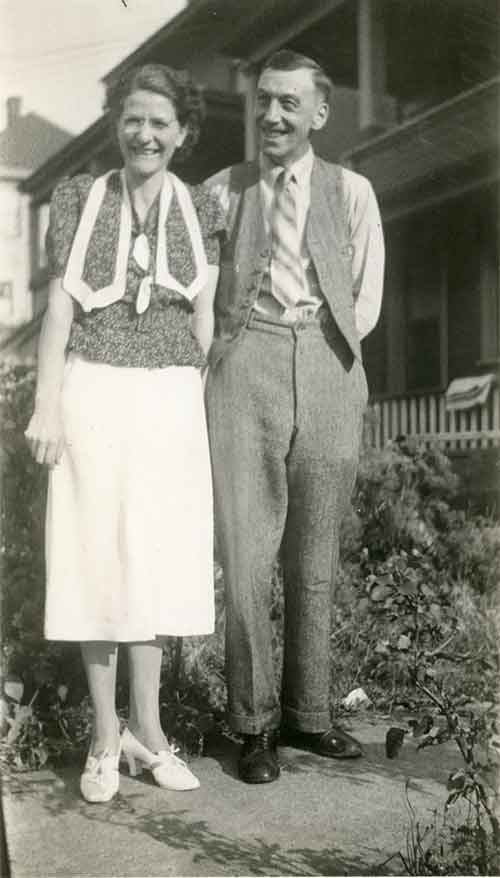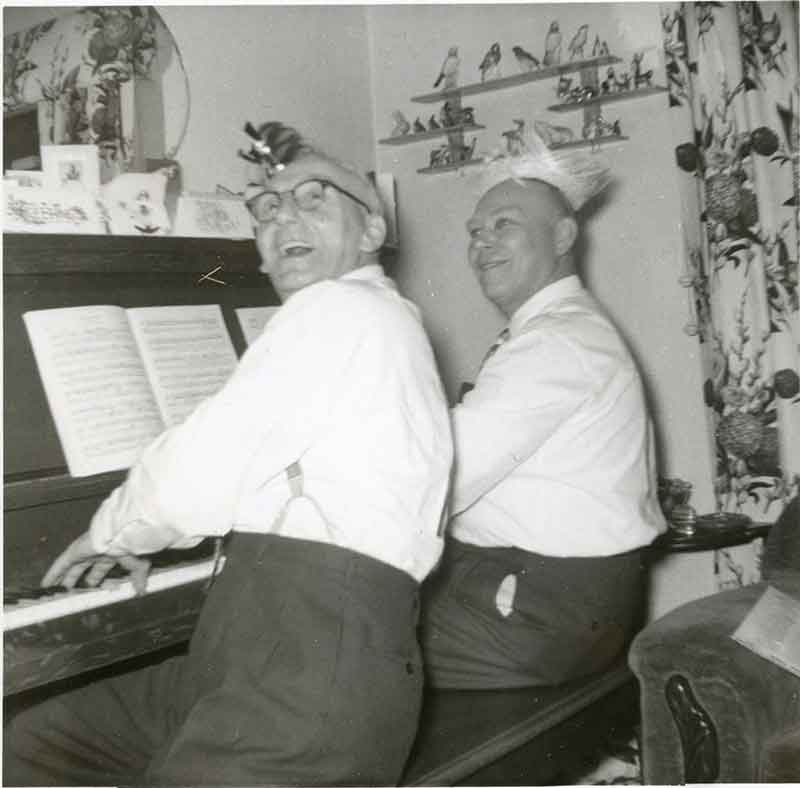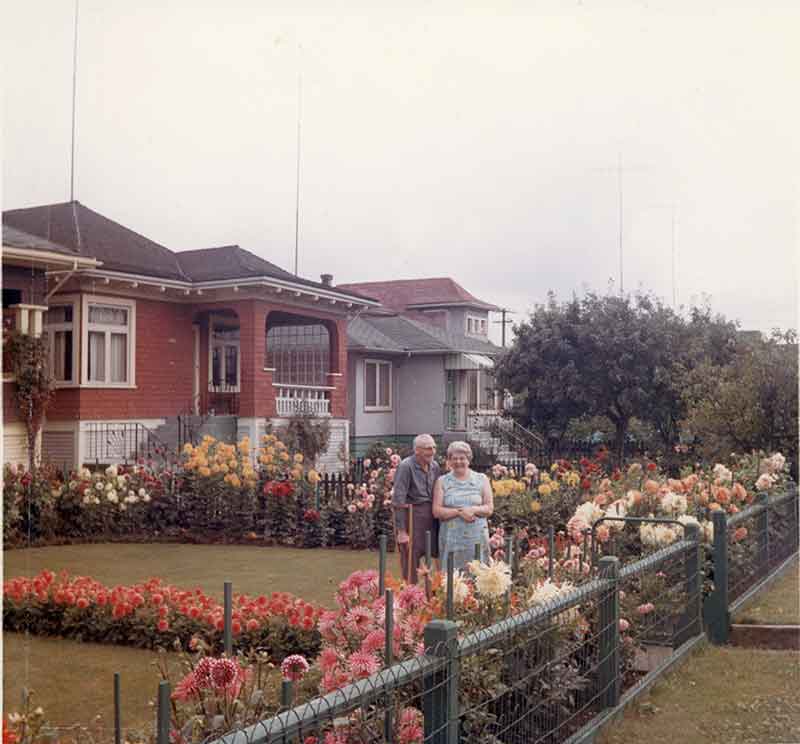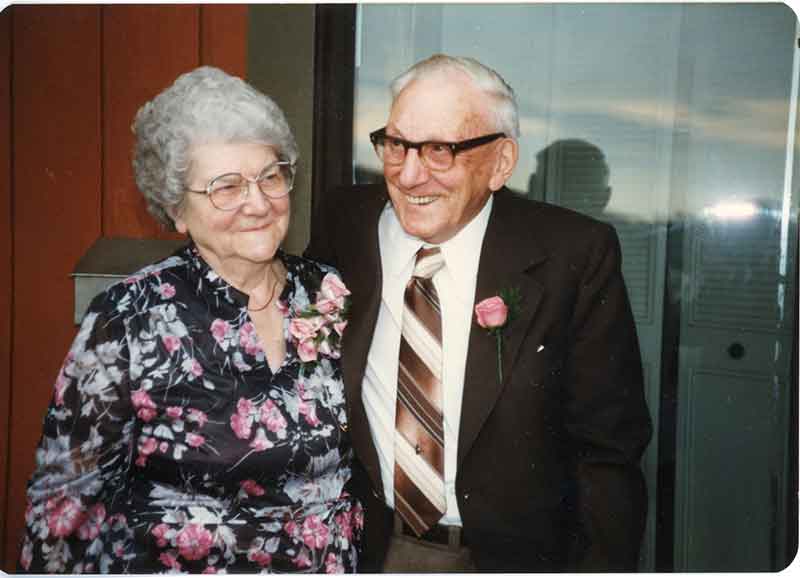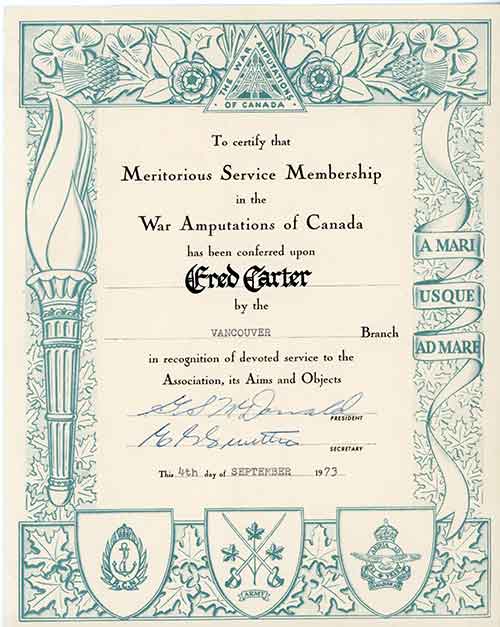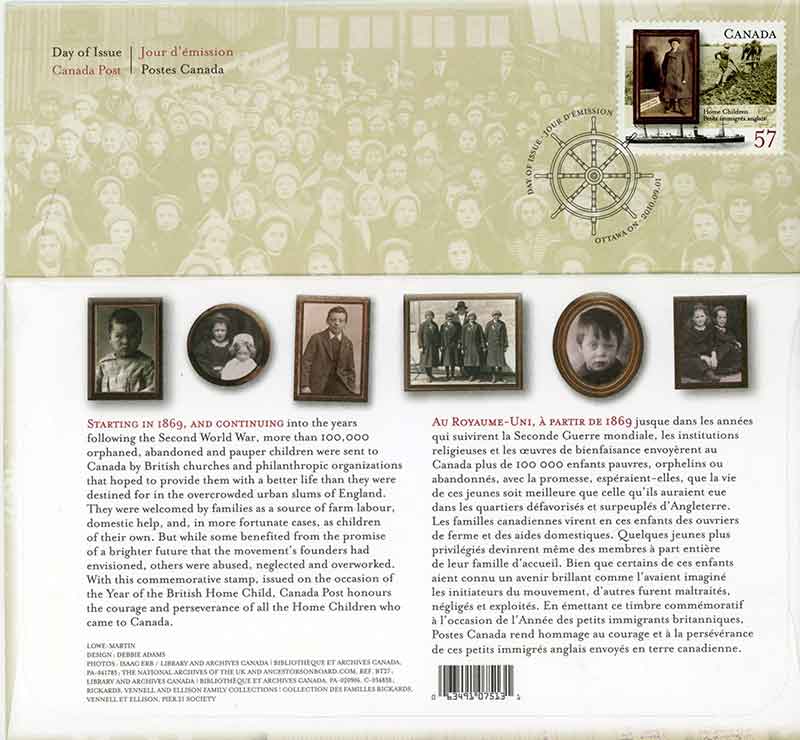Sobey Wall of Honour
Column
188
Row
24
Fred Carter was born July 23, 1900 in Manchester, England and immigrated to Canada arriving in Quebec City May 27, 1912 on the Tunisian. He died in Vancouver, BC December 15, 1985.
Fred often spoke to his family of his trip from Manchester to Moose Jaw, Saskatchewan where he was reunited with his father. He was sent alone, at the age of 11, as he was the oldest child. One of his brothers had an infection so his mother and the remaining family had to delay their passage. He spoke of “feeling like a big shot” traveling alone although he later appreciated how hard it must have been for his mother to let him go by himself. Before the ship reached Canada there was a smallpox outbreak on the ship. This led to a three week (May 11-June1) quarantine off the coast at Grosse Isle, near Quebec. As a result of the ship being fumigated, the pastries his mother had packed in a tin box for his train journey were ruined. When he left the ship he remembers a Salvation Army man taking him to the train and buying him food for the train trip West.
As his father was farming south of Moose Jaw, Fred was to find Mr. Cooper in Moose Jaw who knew his father. After first walking in the wrong direction he reversed himself and eventually arrived at the correct address. From there another man who had borrowed a horse from his father took him by horseback to his father’s place. Fred commented that there were many coincidences that fell into place, which allowed him to get across the country successfully.
Life was rough in Saskatchewan as Fred looked after the animals, cooked, loaded hay, and walked four miles for groceries as needed. He remembered being attacked by mosquitoes and flying ants while working out in the fields. His father filed for land at the second station out of Moose Jaw (Buttress) but it was so poor that his father took a job seeding land 12 miles away and only came home on weekends. The barn they built housed them and their animals together.
In 1915 his father signed up for the war and left Fred in charge of the farm over the winter. It was a very harsh winter and Fred walked to town bringing green poplar home for fuel. From 1912-1917 he had some correspondence with his mother but until his father received wages the family could not come to Canada.
His mother Louisa Mildred and siblings George William (15), Sydney (11) and Amy (7) arrived in Halifax aboard the Olympic July 21,1917 and joined the men in Saskatchewan.
From 1915-1917 Fred worked on various ranches and was a delivery boy in town, being cared for by various people in Shaunavon and Swift Current. These people remained very important in Fred’s memory throughout his life. In 1917, Fred lied about his age and signed up for the Army. He often said that he felt propaganda had glorified war as an opportunity for going to see a foreign country. He was sent to France and on Sept. 18,1918 he was shot, captured and held prisoner by the Germans. He was seriously injured at that time and, after the Armistice, he was taken by hospital train to Boulogne. There was a time when he was rejected for travel to England because the medics did not think he would survive. Eventually, though, he was moved to a London Hospital for three months. From there he was finally sent to a Canadian hospital in Orpington (London) then shipped back through Portland, Maine and finally back to Winnipeg. In 1922 Fred had his leg amputated just below the knee as a result of his war wounds. At the same time he had back operations, which further limited his activities. He was determined though and people who knew him on the Prairies spoke of him as a cowboy. He enjoyed horseback riding and would race with his artificial leg sticking straight out. Fred worked the farms in southern Saskatchewan. He tinkered with electronics and enjoyed radio communications. He also had one of the first model T cars in the area.
In the late 1930’s Fred moved to Vancouver to follow Florence Leupold, a school teacher from Bracken, Saskatchewan. They were married in Vancouver December 30,1938 and briefly lived in Olalla in the Okanagan valley where Florence taught. They moved back to Vancouver and Fred worked as an elevator operator in the Federal Building in Vancouver (now Sinclair Centre) until he retired in 1967. This was a job provided to War Amputees by the Department of Veterans Affairs. Fred’s physical activities were limited because of his war injuries but he always had a car and family holidays were important to him. Fred and Florence had three children, Karen, Richard (Dick), and Elaine, all of whom now live in the Vancouver area with their families.
In 1969, his ill health was diagnosed to be caused by an infection at the site of his World War I leg amputation. The doctors at Shaughnessy Hospital, in Vancouver, were amazed that such an infection could have been dormant for so long and break out 50 years later. This necessitated another amputation above the knee, and Fred had to learn to walk with a bendable prosthetic.
While working, and after his retirement, Fred was active with the War Amps of Canada. In 1973 he received the Meritorious Service Award for his work with them and in assisting amputees from both World Wars. Fred lived in the same house in Vancouver from 1944 until a few months before he died in 1985. He supported Florence through a difficult few years with cancer until she died in 1981. All his life he was a voracious reader and enjoyed gardening, especially flowers. He remained inquisitive and mentally alert throughout.
He was positive about his life and remained so pleased that he had come to Canada in 1912 and had the opportunities that came his way.
On September 1, 2010 Canada Post issued a stamp recognizing the “Home Child”, children sent from the United Kingdom to Canada to work on the farms. The designer of the stamp used Fred’s photo taken in 1912 just before he left for Canada on the back envelope.
